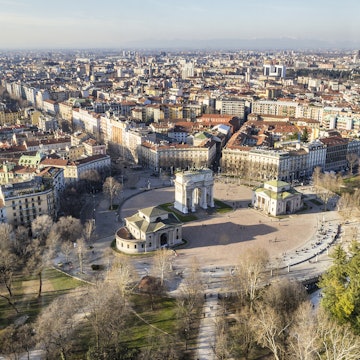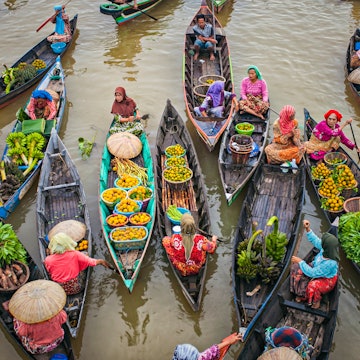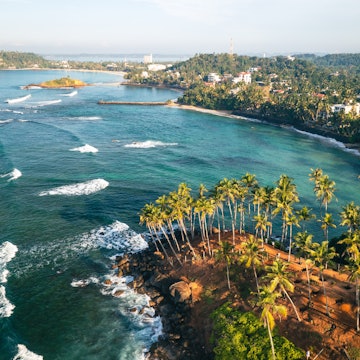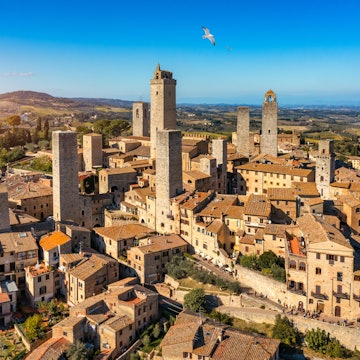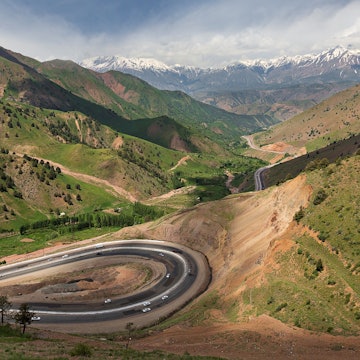

Artist Frankie Strand got creative in order to fund her travels © Frankie Strand
Backpackers often volunteer in exchange for accommodation when travelling as a way of cutting costs. This usually consists of housekeeping, teaching English or farming, but as one travelling artist discovered, many hostels are open to more creative work stay arrangements.
London-based street artist Frankie Strand is renowned for her vibrant, larger-than-life murals. For the last five years, she’s painted for everything from Milan Fashion Week to Greenpeace at Glastonbury. If Frankie’s not using her work to promote conservation and spotlight environmental issues, she’s using her love of bright colours and unruly surfaces to decorate endless walls across countless cities.
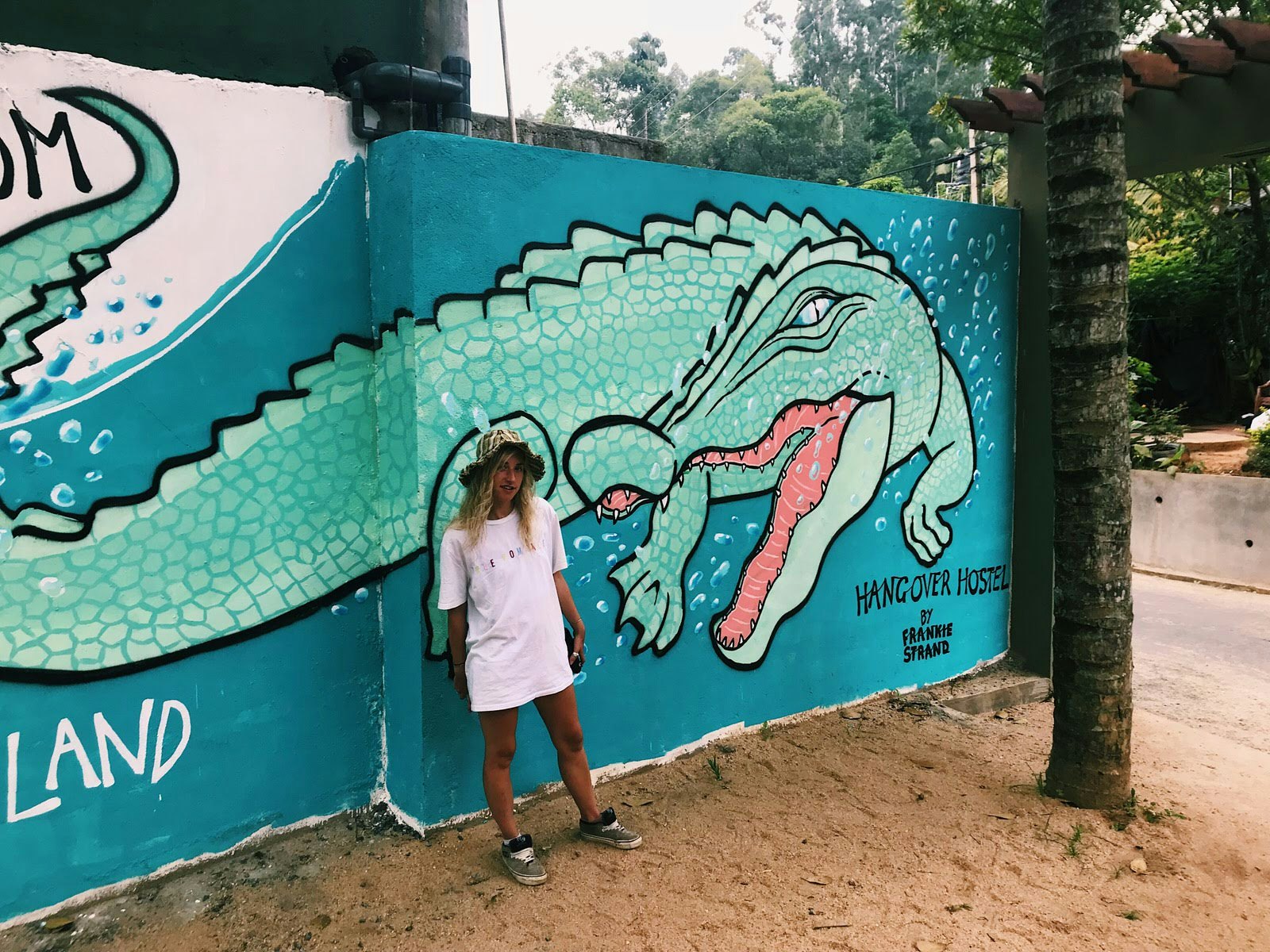
In 2018, with a trip to South Asia on the horizon and a desire to learn more about global ecological threats, Frankie began to contact charities in the hopes of developing a collaboration with like-minded people. Before too long, she’d been offered accommodation in exchange for artwork that raised awareness of elephant poaching for The Wildlife and Natural Protection Society at Kaudulla National Park, Sri Lanka. It was then that Frankie realised her art could be used as currency, as well as a force for good, on a wider scale while travelling.
Like this? Try this: Packing like a pro: the ultimate guide to what to bring

Where, how and why?
‘In 2018, I travelled across Sri Lanka and India. At the beginning of this year, I stayed in Kerala before heading back to Sri Lanka’, Frankie explains.
The first place Frankie stayed in was a serene beachside hideaway called Panny Packers in Unawatuna. ‘[The hostel] had posted an ad online explaining that they were open to creative input from their guests. I reached out and told them I was an artist, that I would love to stay there and suggested that maybe I could do so in exchange for painting for them. They loved the idea so I ended up staying for five or six nights, cost free.’
Unlike other Asian countries with higher tourist populations, Frankie says that in her experience, ‘Sri Lanka has been by far the most receptive’ when it comes to these kinds of exchanges. ‘India was less so because they’re so inundated with visitors but I still managed to stay in Goa for a week for a couple of paintings. You just need to reach out to places with backpacker trails and see what kind of reception you get.’
Like this? Try this: The couple travelling all over the world without ever boarding a plane

The creative process
With so much of Frankie’s portfolio already promoting conservation, finding themes to suit her bio-diverse surroundings was easy.
‘I’d contacted a few places before I went there and showed them some examples of my work, explaining that I wanted to raise awareness of environmental issues’, she recalls. ‘It’s such a hot topic, so most [hostel owners] were really on board with my ideas. Sion Surf Camp in Ahangama told me that one of their biggest concerns was the amount of cigarette butts people were constantly dropping so wanted me to paint something reflecting that.’
Like this? Try this: Why travel could change you forever
Is your art enough?
‘Nowhere I stayed ever expected anything from me other than the artwork I’d offered to produce,’ Frankie recalls when asked if she was required to work alongside the other volunteers.
‘I almost felt a bit spoilt’, she explains. ‘People were so generous and I’ve stayed in places where the volunteers get worked really hard. I’ve always been able to paint on my own terms and come and go as I please. It feels like a privilege. The Surf Camp gave me a container bedroom to myself for an entire week with free surf lessons and free breakfast, just for one mural.’
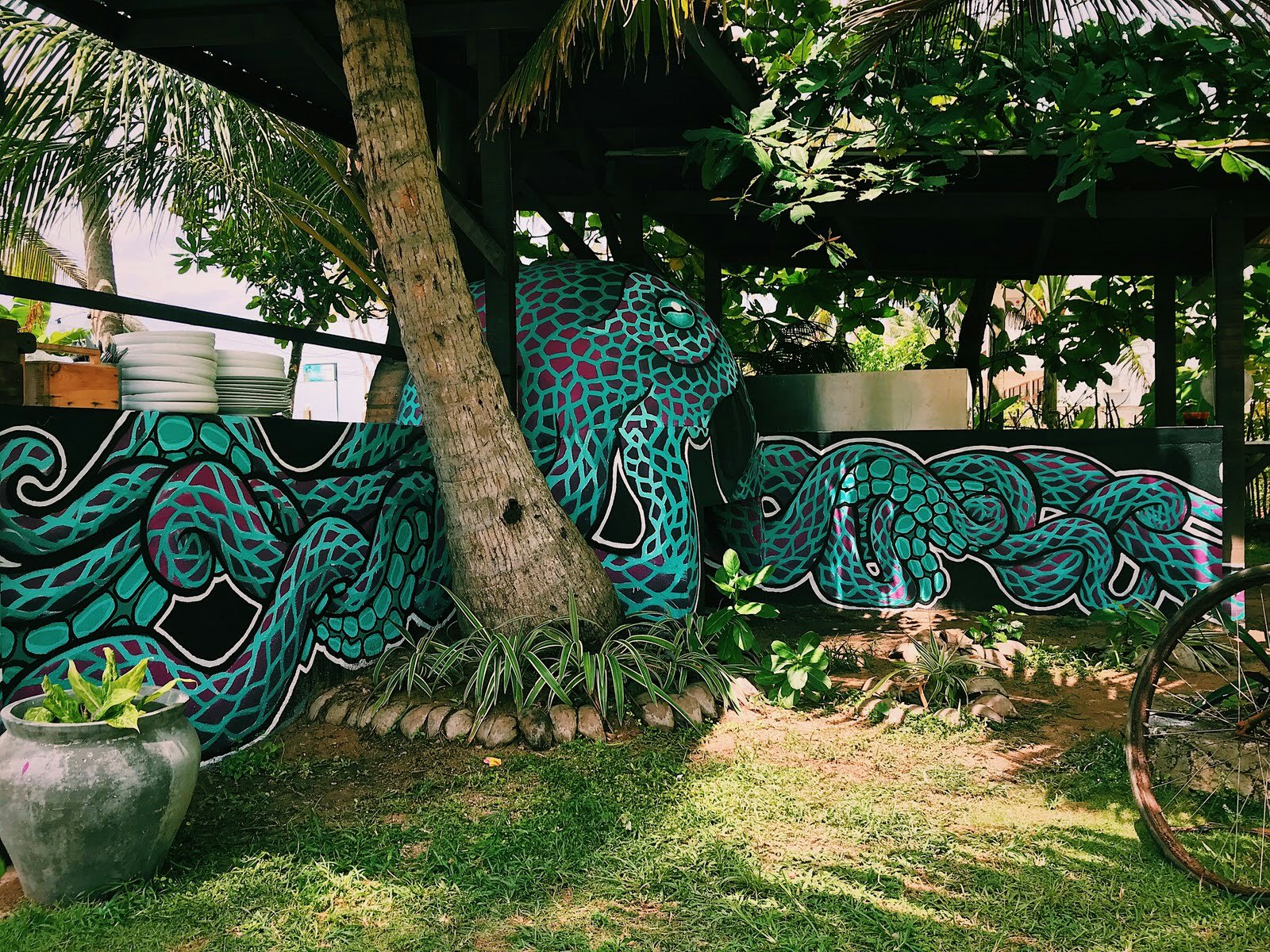
The impact
In the Instagram era, large scale art can act as priceless marketing for small businesses, especially those frequented by young backpackers.
‘I’d like to think that it could enhance the appeal of the place,’ Frankie says of her work. ‘When I stayed at The Doctor’s House in Matara, I turned their pizza oven from a huge cement dome to an Octopus which made it so much more interesting to look at and it almost becomes a landmark. The more tourists talk about these places, the more business they’re likely to get.’
Like this? Try this: Making yourself at home: 10 of the best cities for expats

Tips
Don’t be shy to contact the hostels directly
‘I found that if I contacted a place directly by email, it gave me more leverage when it came to what was asked of me. If you apply through work exchange websites, I think you run the risk of agreeing to volunteering terms that aren’t necessarily suitable given what you’re producing for them.’
Know your USP
‘It’s important that you know what your selling point is. Do your research and make sure you’re offering something that works.’
Paint for free as well as for freebies
‘Painting in public spaces is a great way to get your work noticed. People would frequently approach me and ask me to paint their house or their business in exchange for accommodation.
‘I donated a mural to Girls Make Waves – an initiative that encourages Sri Lankan women to surf. It's been a predominantly male sport for over 30 years in Sri Lanka due to cultural expectations. I painted that on International Women's Day so it felt particularly special.’
Lonely Planet does not vouch for any organisation that we do not work with directly, and that we strongly recommend travellers always investigate a volunteer opportunity themselves to assess the standards and suitability of the project.







